Randomness in the Composition of Artwork
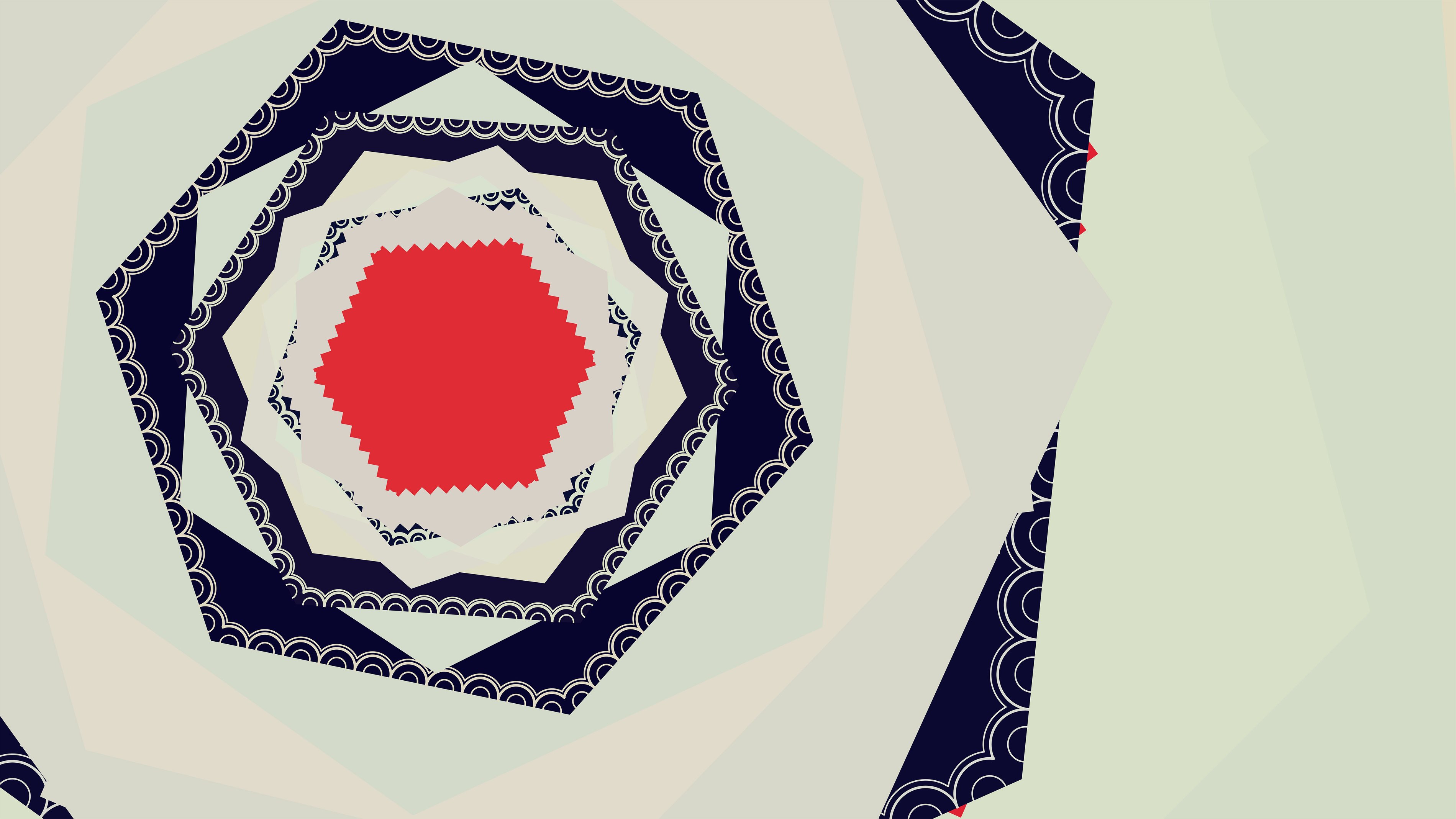
Great artwork requires great attention by the artist. Even so, many artists acknowledge that randomness and spontaneity also play a role in great works. I believe it is useful for artists to study, experiment with, and control randomness for artistic purposes. I will attempt to explain my thoughts on one aspect of randomness here.
Consider how early the artist introduces randomness into the composition. Is it only present in the fine details, or is it a foundational part of the structure?
The most "polished" works are tightly controlled from start to finish. Bouguereau paintings and Backstreet Boys albums leave almost nothing to chance. Only imperceptible minutia is uncontrolled.
In a graph form, they may look like this:
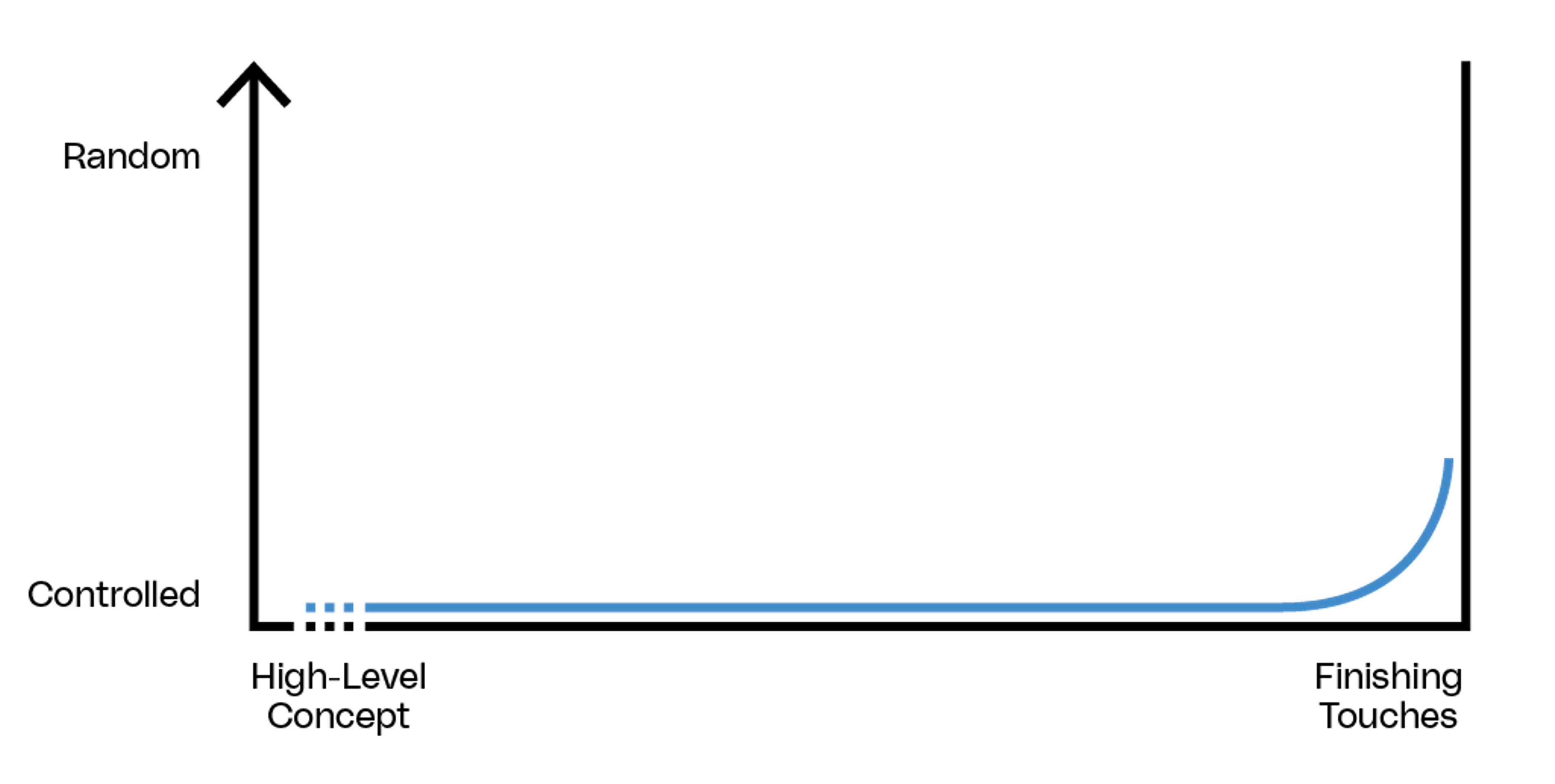
Randomness in Polished Works
Other great artists appreciate the "flaws" in artwork. Impressionists preferred passion and imprecision. Sculptors may choose to show blemishes in the medium. Some musicians demand that the first take of a song be used, celebrating the mistakes.
On the randomness chart, these works look like this:
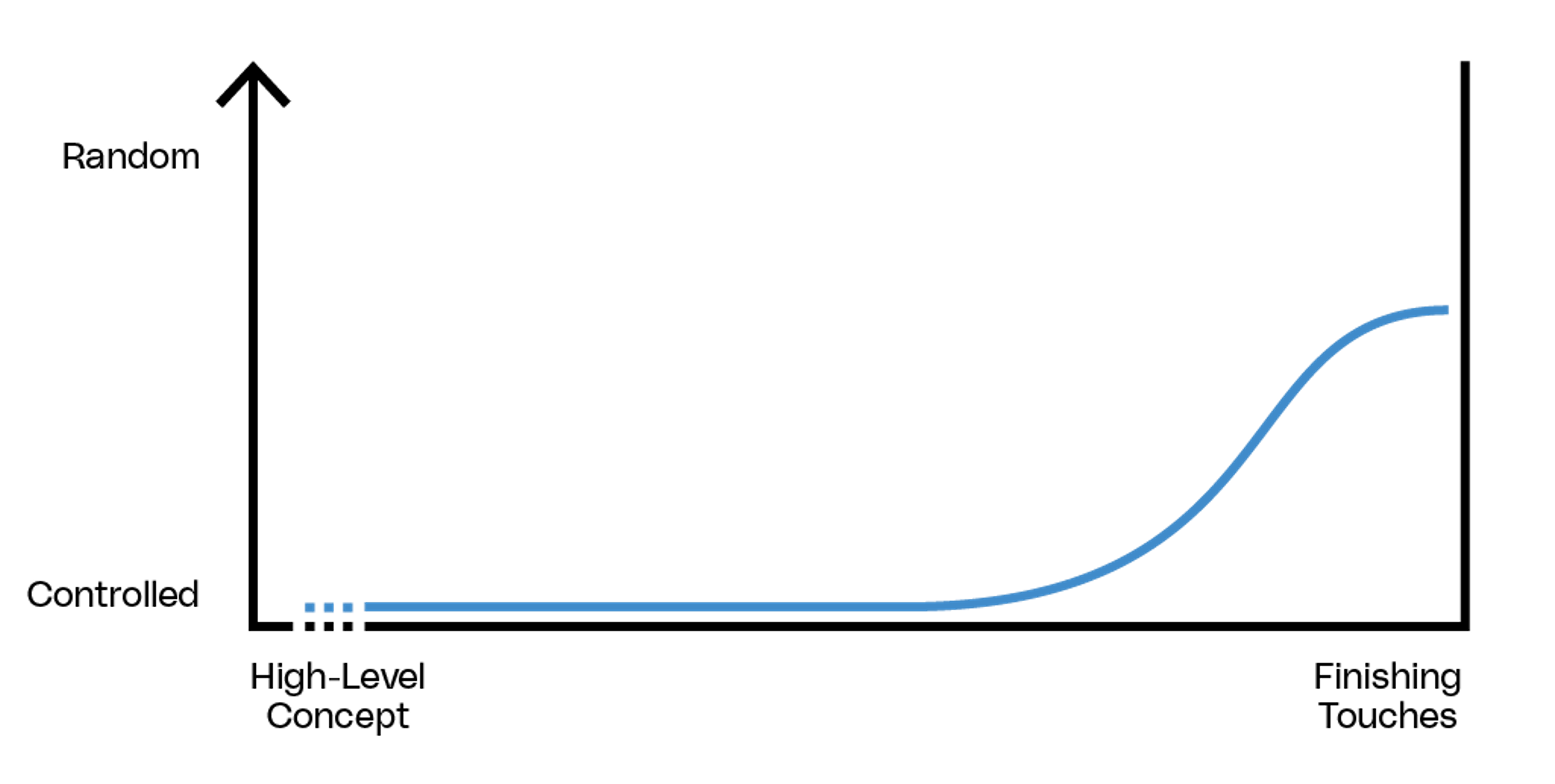
Randomness in Impressionist Works
Some composers have embraced randomness and capitalized on it. To take one example (among many), consider John Cage. He allowed the I Ching to dictate the tempo, dynamics, and other core compositional features of his works.
In some cases, he yielded all control over the final details of the work. For instance, in Imaginary Landscape No. 4 and No. 5, the score calls for a dozen radios and a tape of any 42 records. Each performance may produce a distinctive effect.
On the randomness chart, a piece like Imaginary Landscape might look like this:
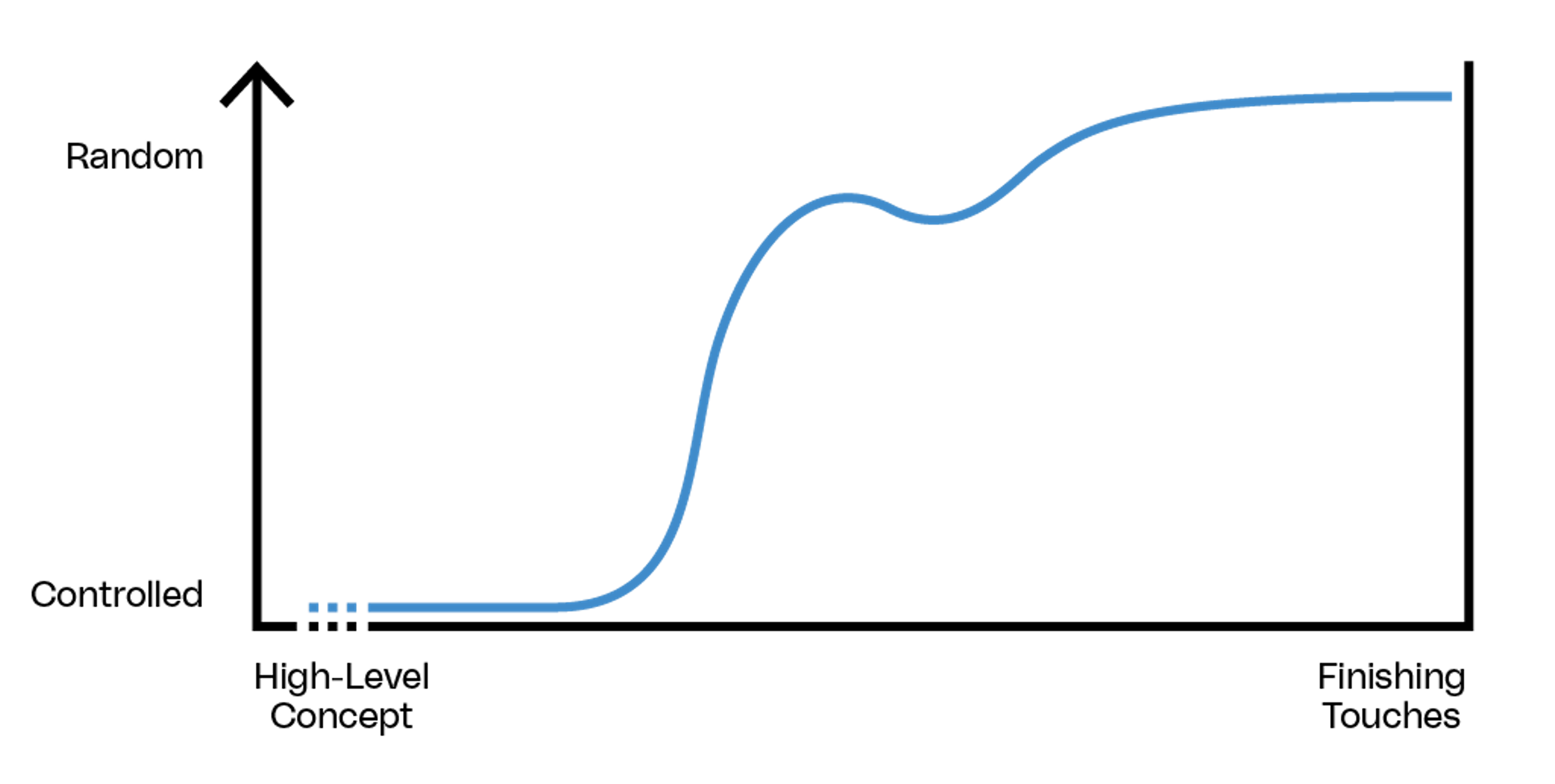
Randomness in John Cage Works
Although some visual arts have also utilized randomness (many of Sol LeWitt's wall drawings, for example), programmatic artwork may provide an interesting way forward. Not only is it easy to introduce randomness at any point in the composition, but the randomness itself can be controlled in many ways. Furthermore, random experiments can be rapidly replayed. This allows the artist to observe the outcome and take an iterative approach. In some ways, the artist is merely setting up a perfect environment to discover great works of chance.
Several of my own works introduce randomness as an early, structural component. The Quilt series first chooses a random center point. Next, it successively generates random layers based on the form and color of the previous layer:
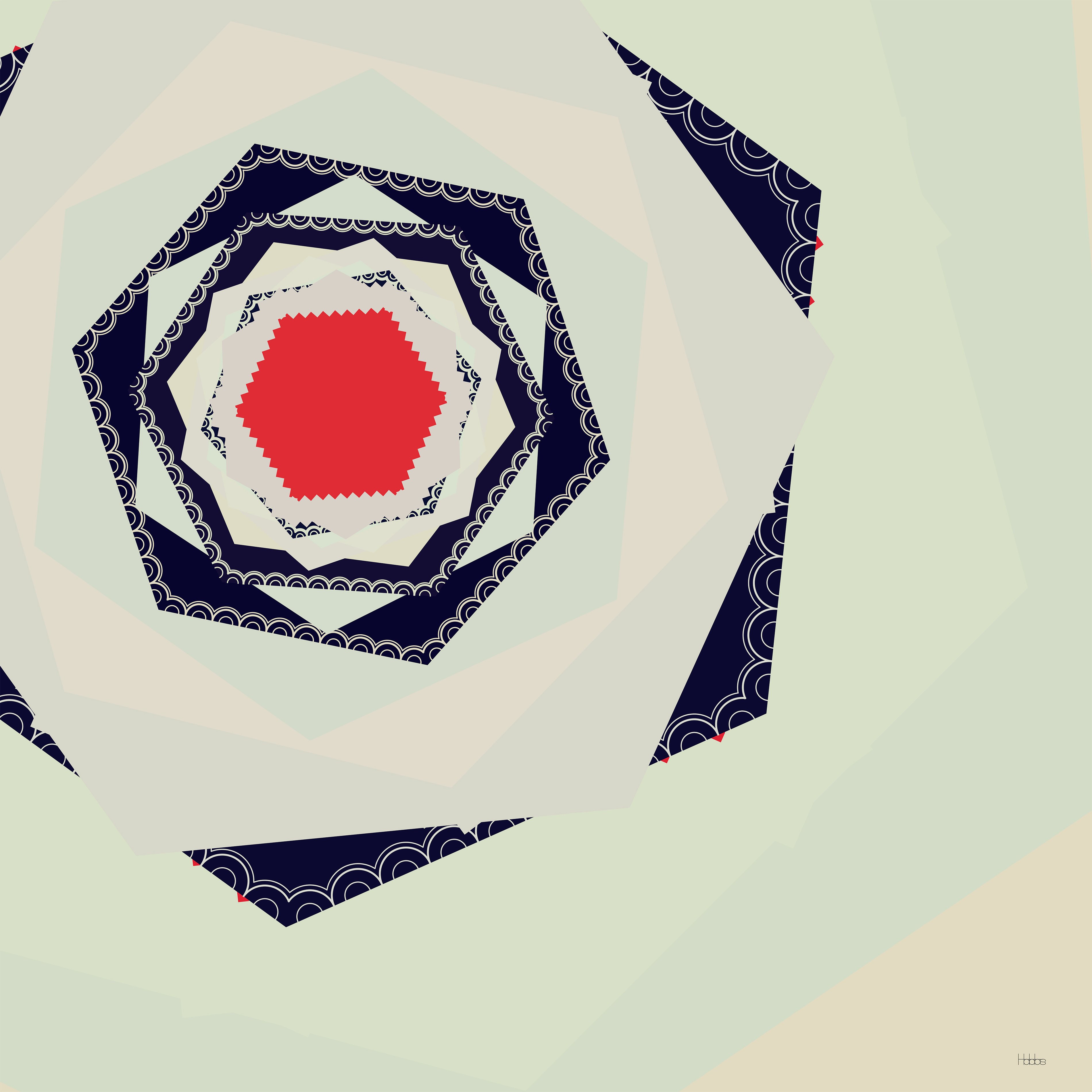
Quilt 8, 2014
The Continuity series begins by generating semi-random quadrilaterals. The intersection of the quadrilaterals becomes negative space. The positive space is built in iterative layers. Proximity to a randomly chosen focal point modulates the transparency, brightness, and sharpness of the positive space. The contents of the first layer play a role in the generation of the second layer; this helps produce a harmonious result.
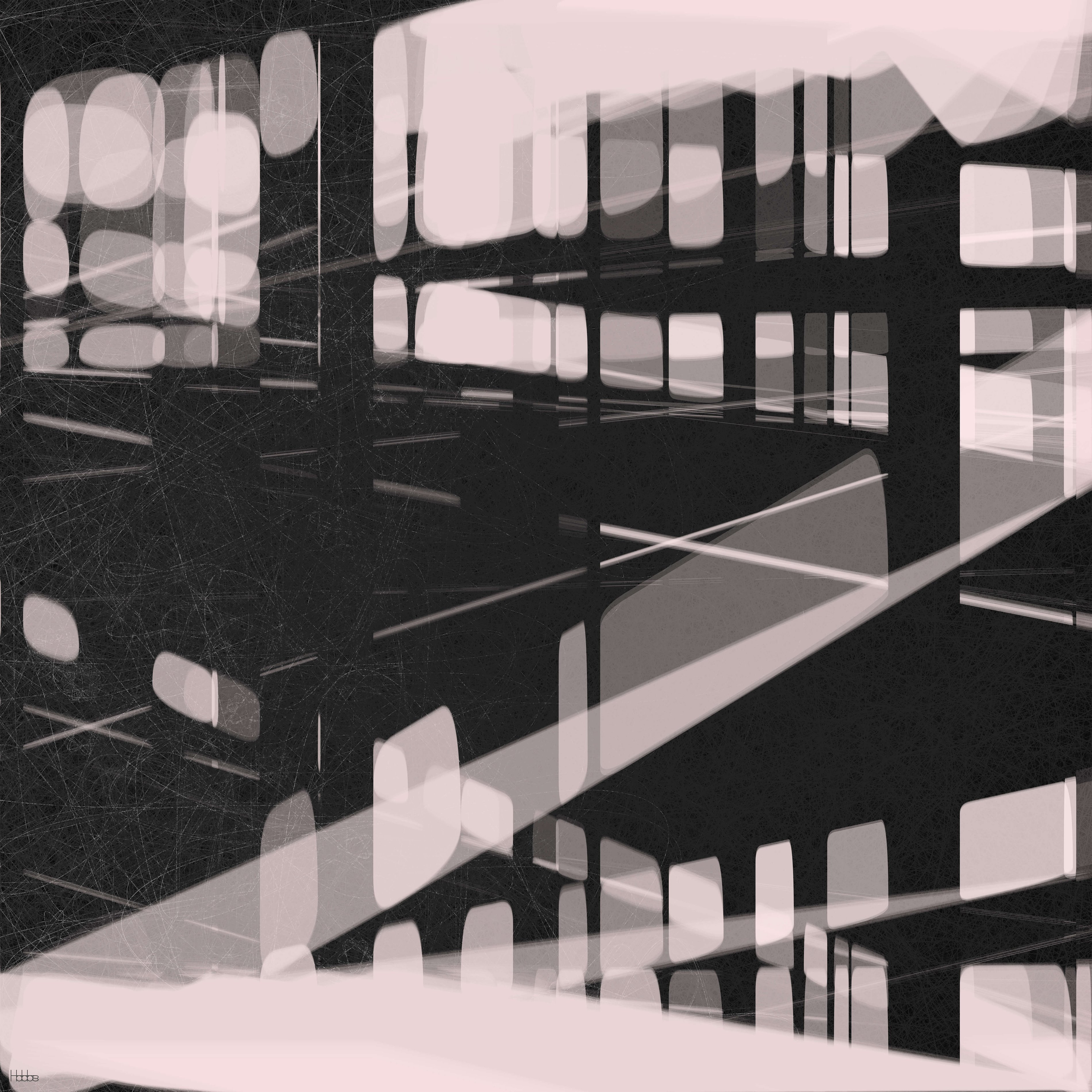
Continuity 6, 2014
On the randomness scale, the Quilt and Continuity series might look like this:
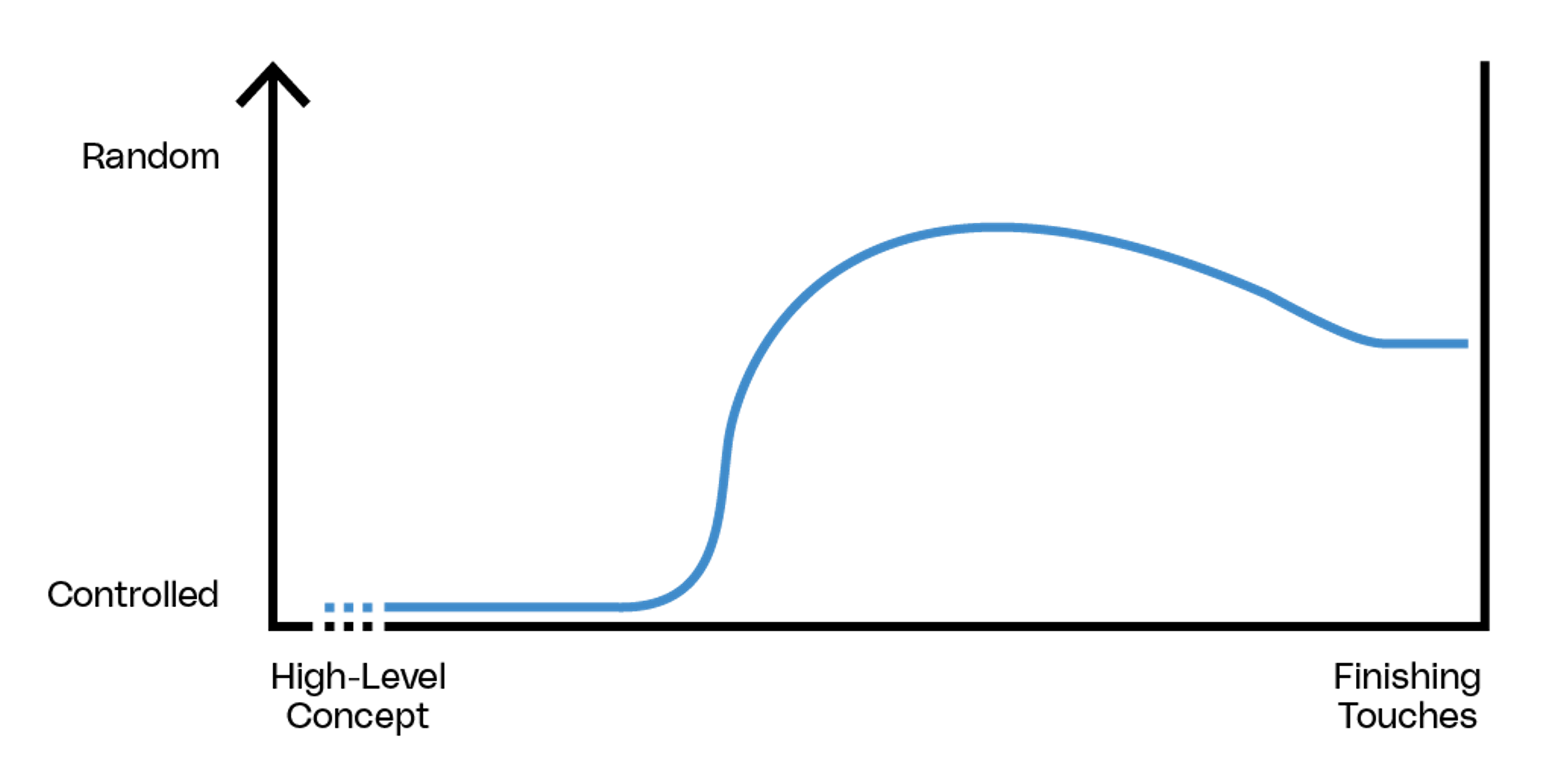
Randomness in Quilt and Continuity Series
Because chance is foundational to the structure of these works, they are capable of generating an entire series of images. Each image in the series may be drastically different from previous instances, providing an element of freshness and surprise.
In future works, I would like to push randomness even earlier in the compositional process. It may be possible to create a series which provides dozens of interesting instances. Perhaps ironically, this may require much experimentation and careful planning.
I'm interested to see what turns out.
–
From time to time, I write about my thoughts and artistic process. If you'd like to be notified the next time I publish an essay, sign up for my newsletter in the menu.